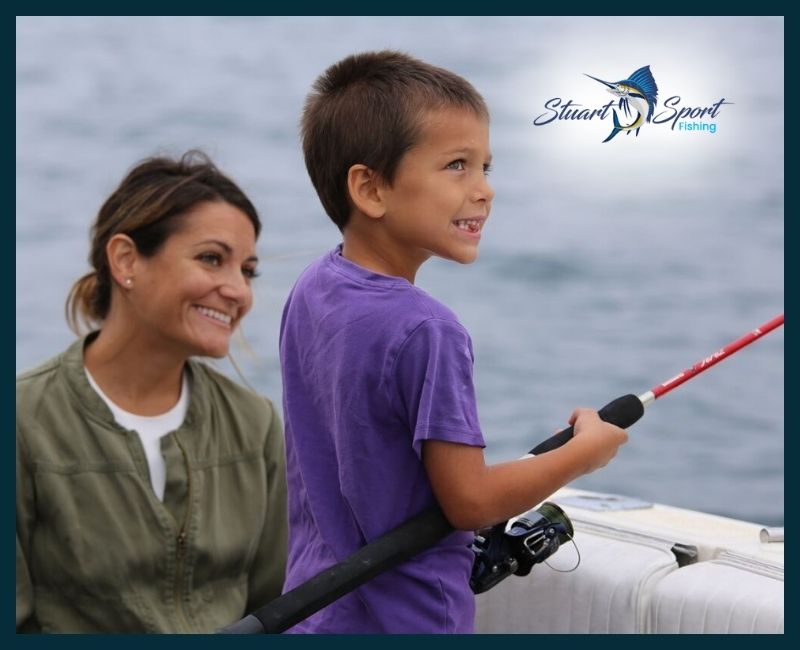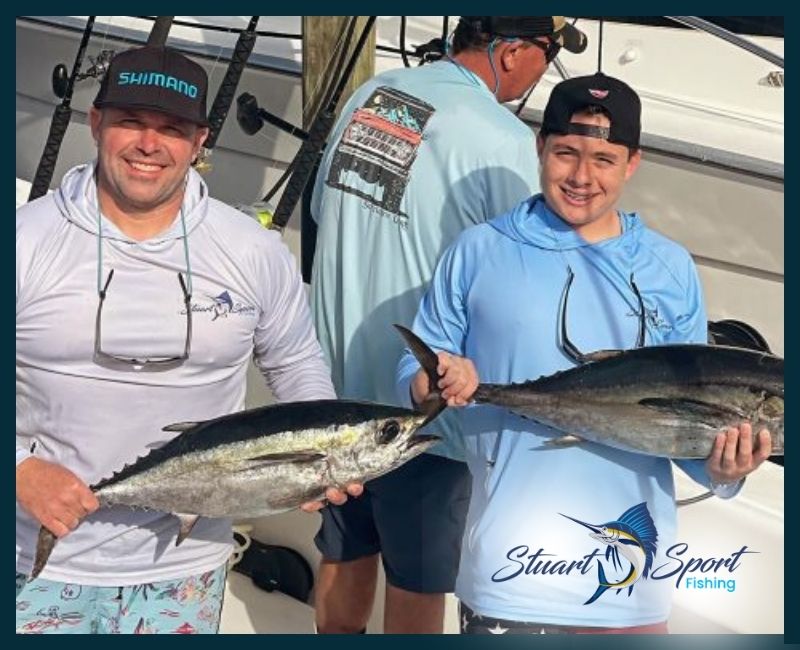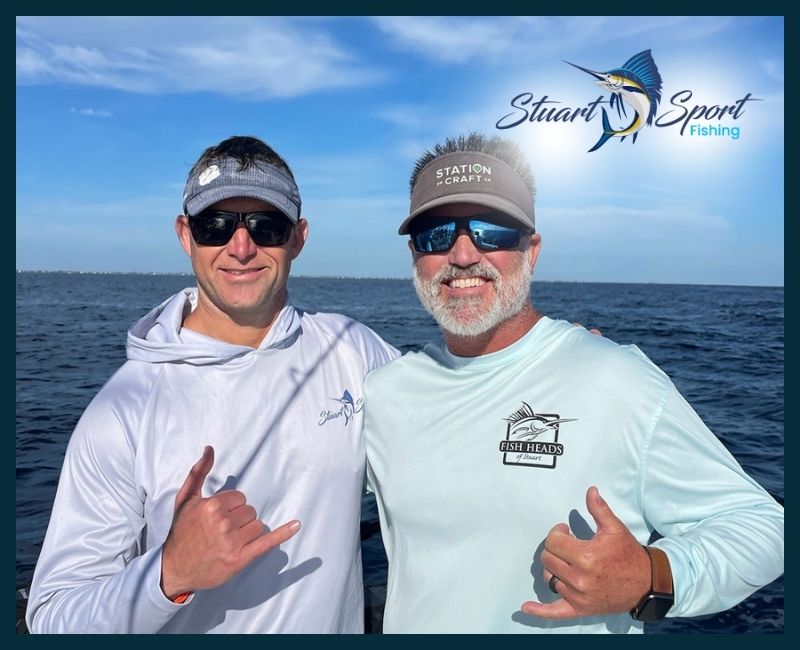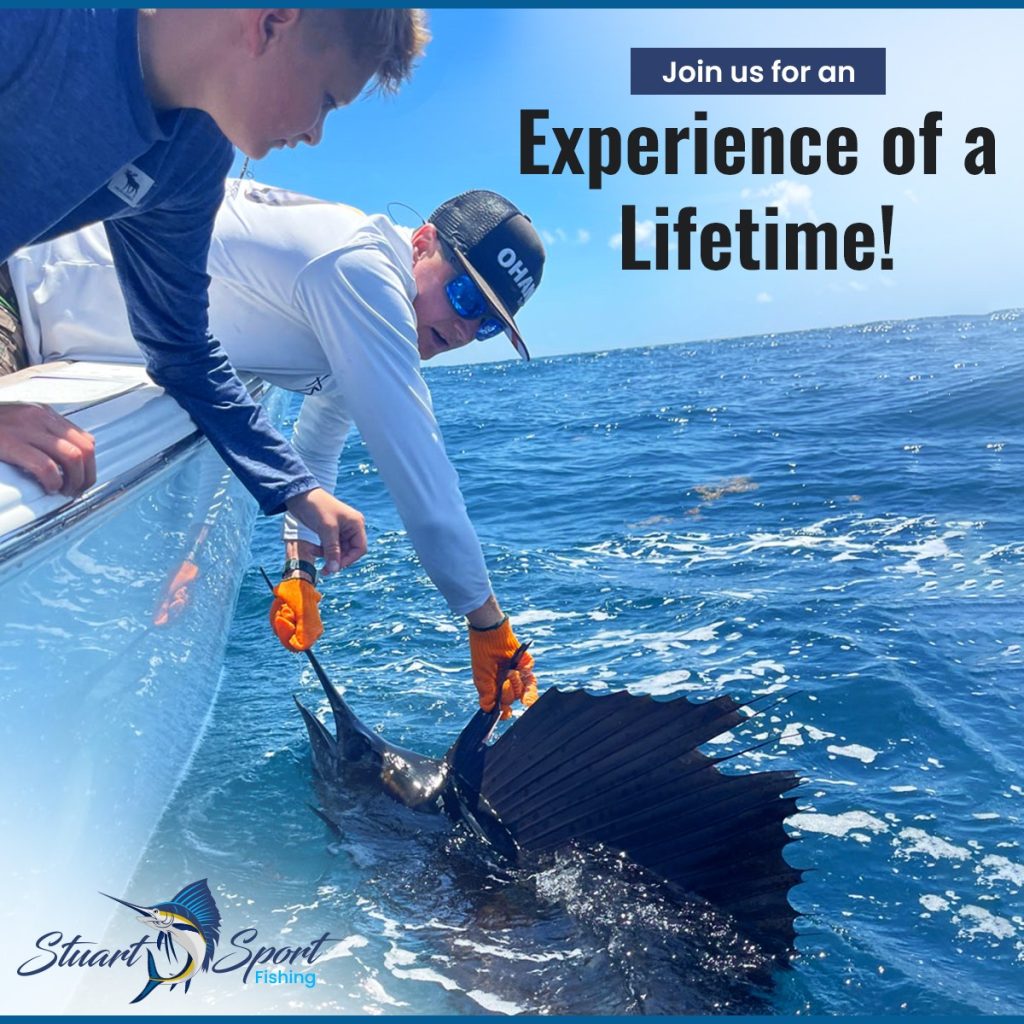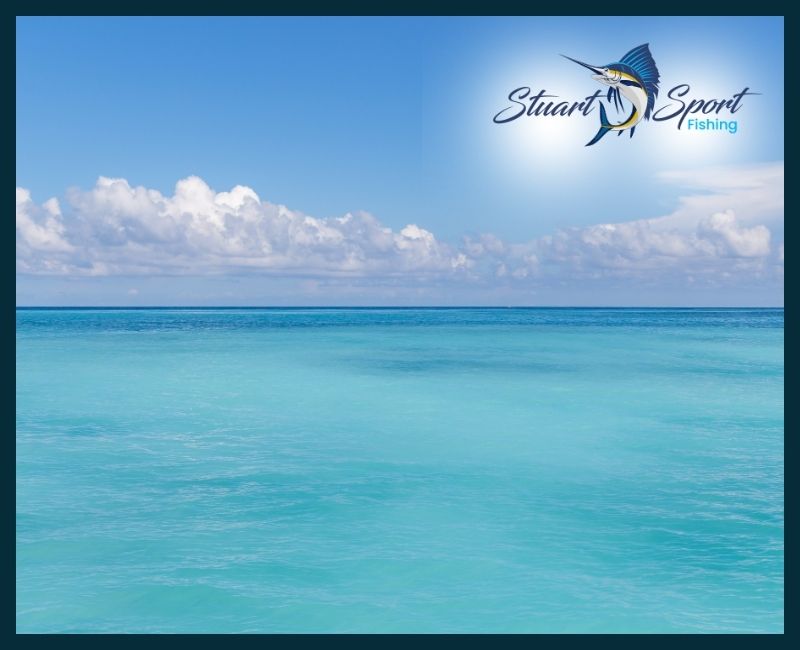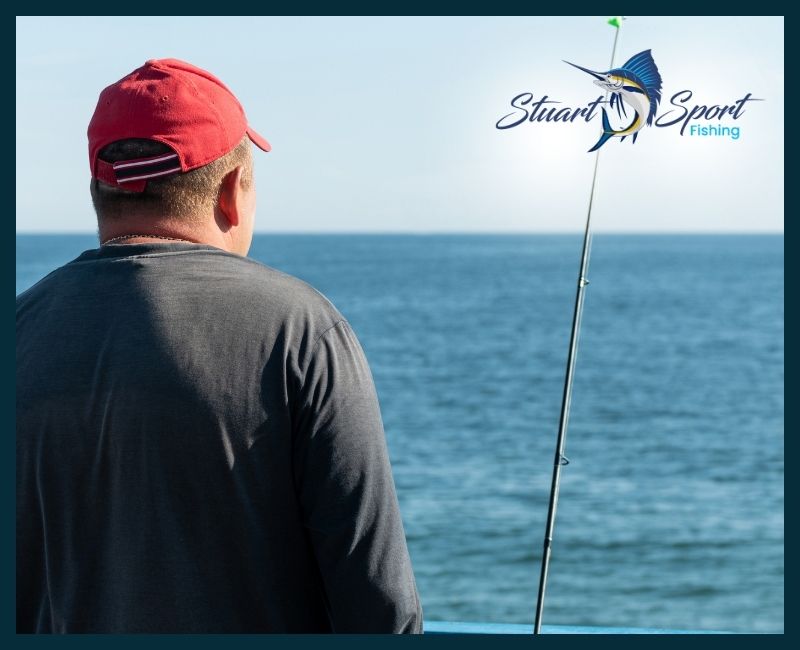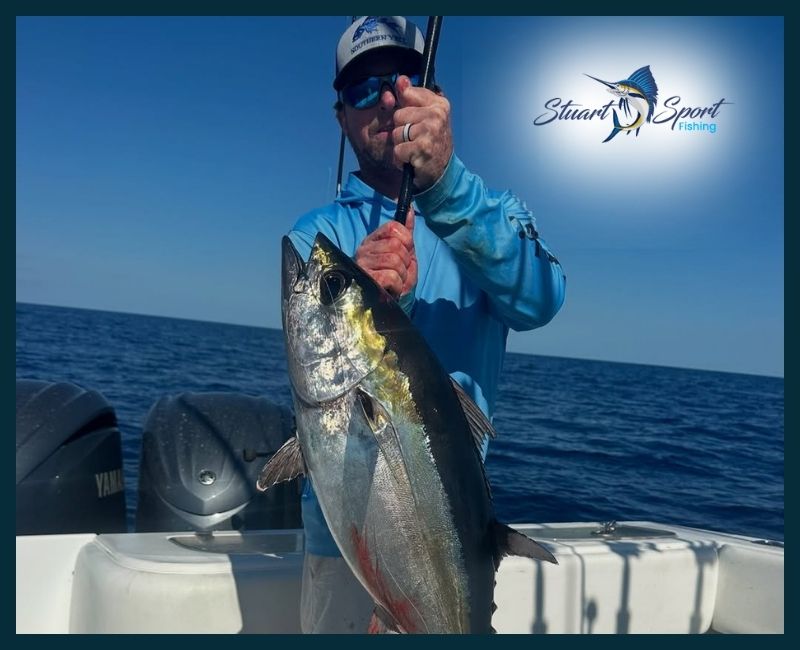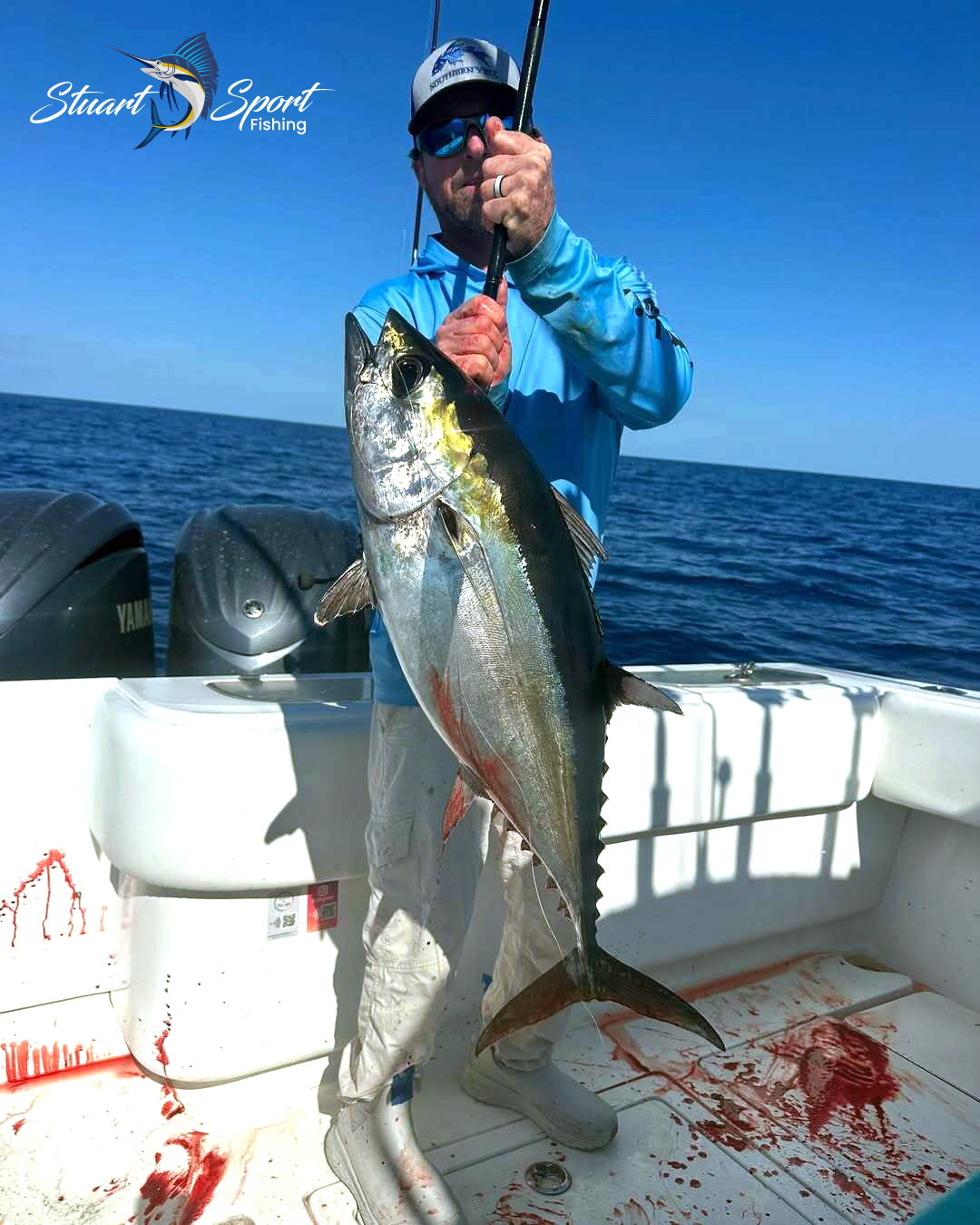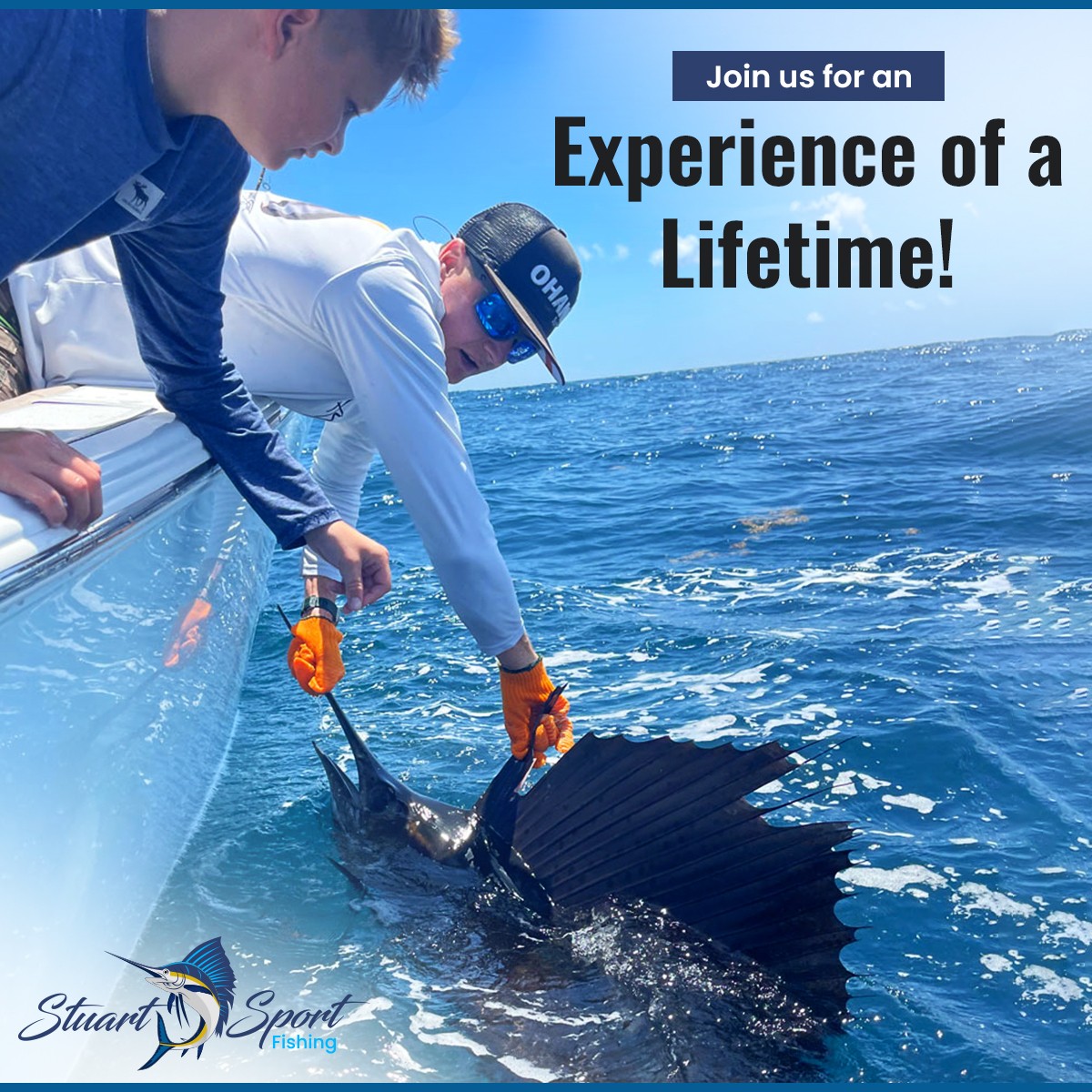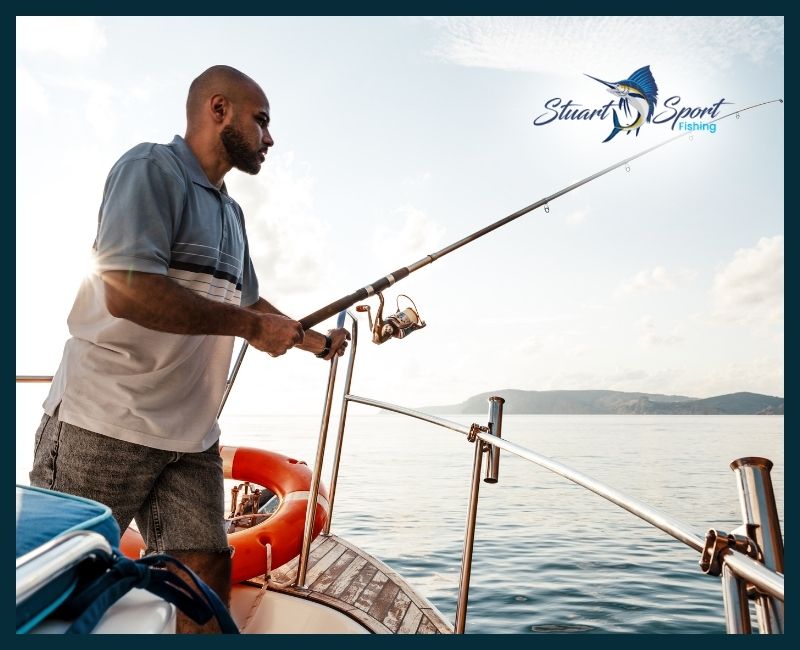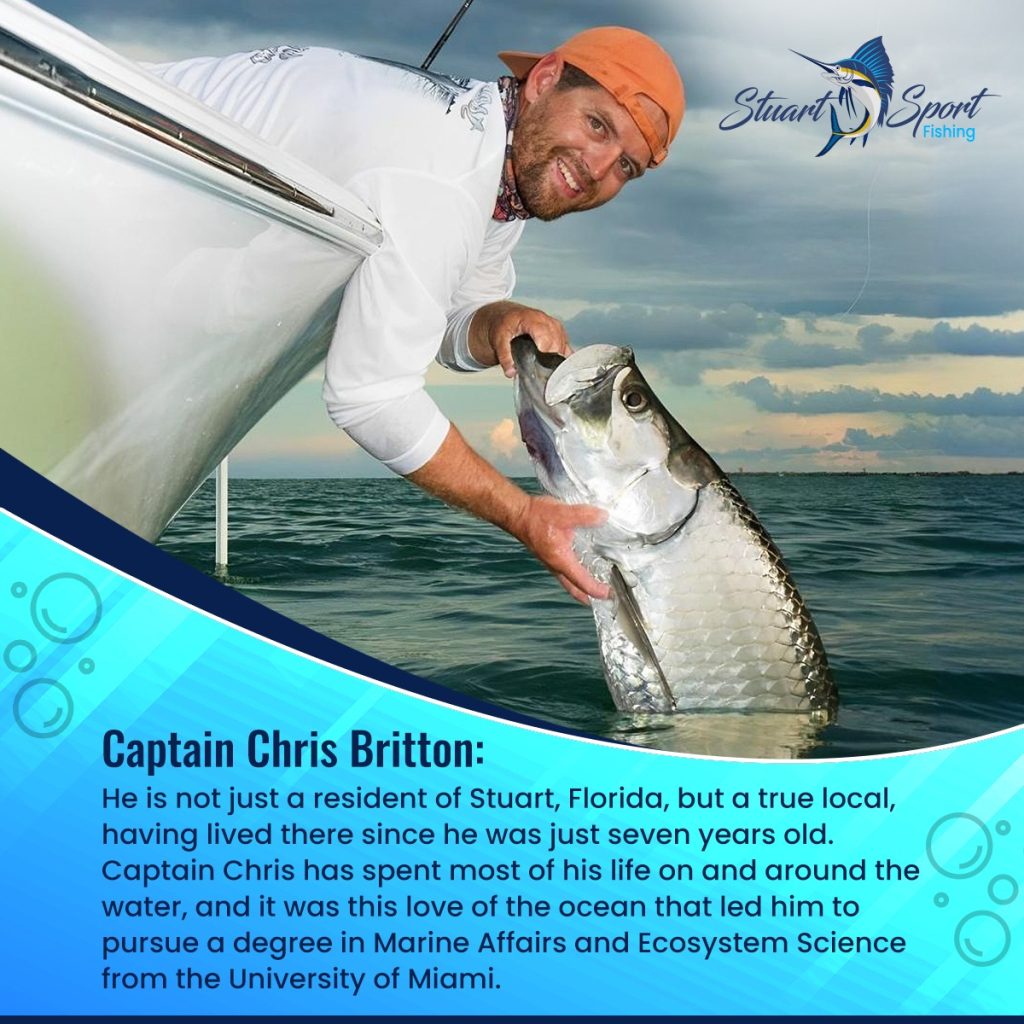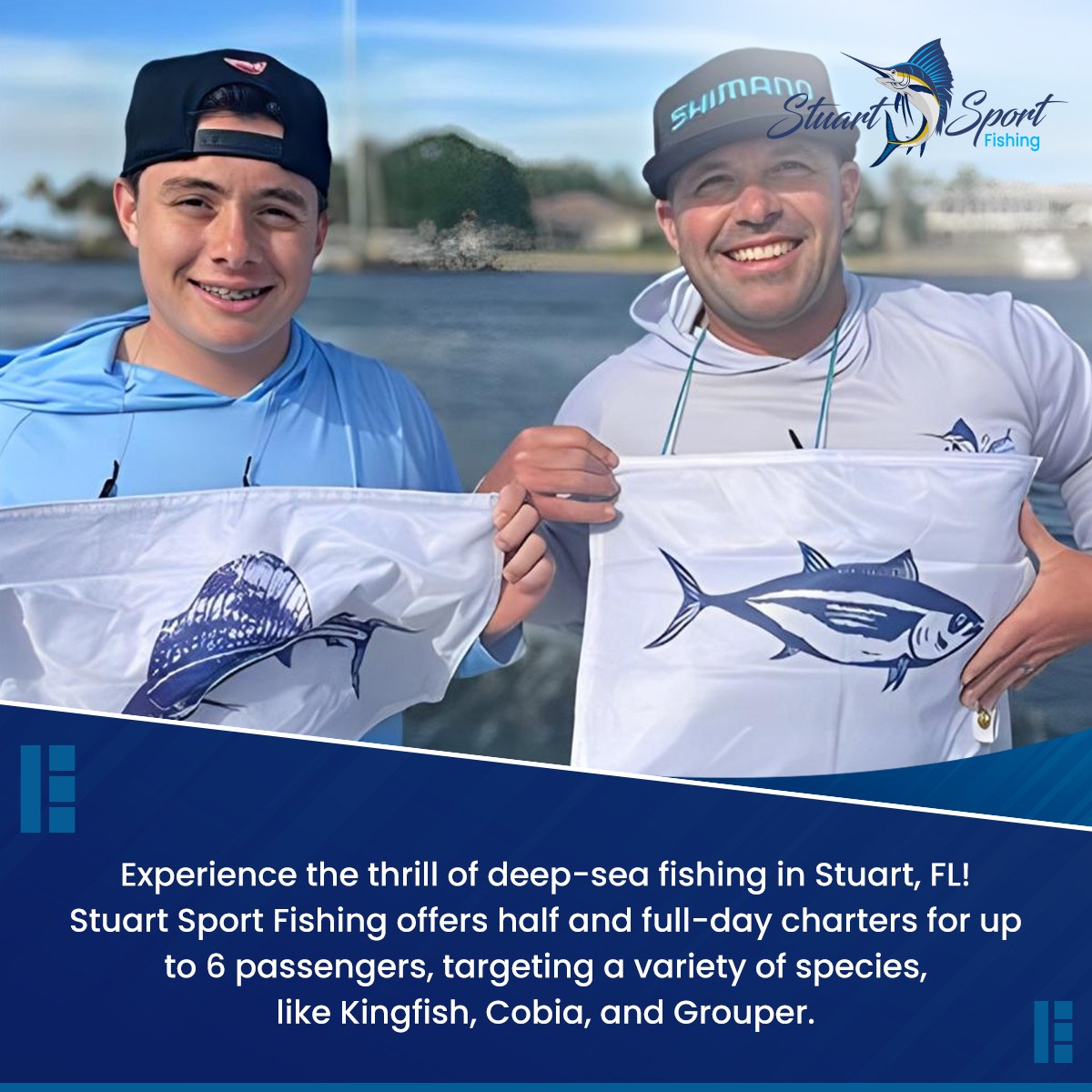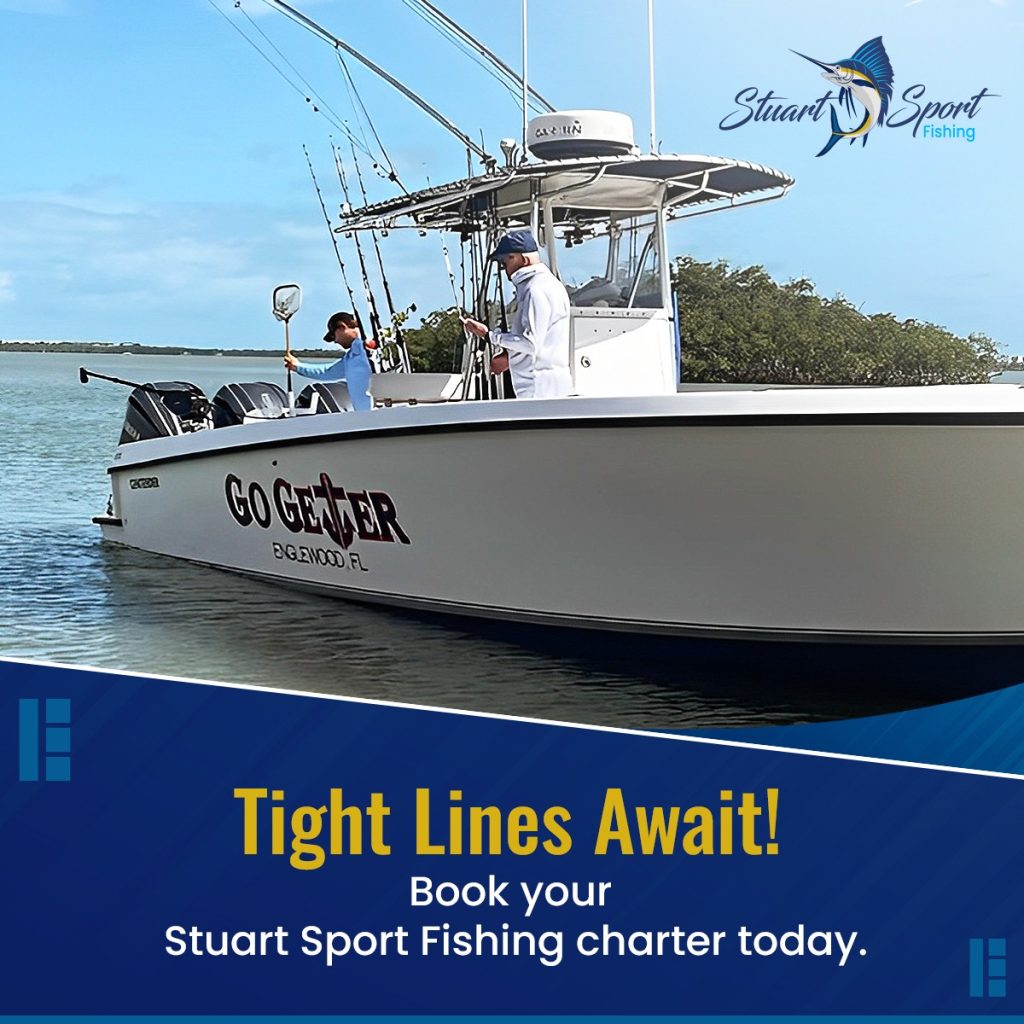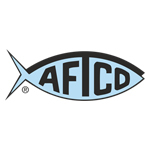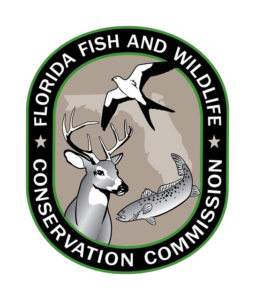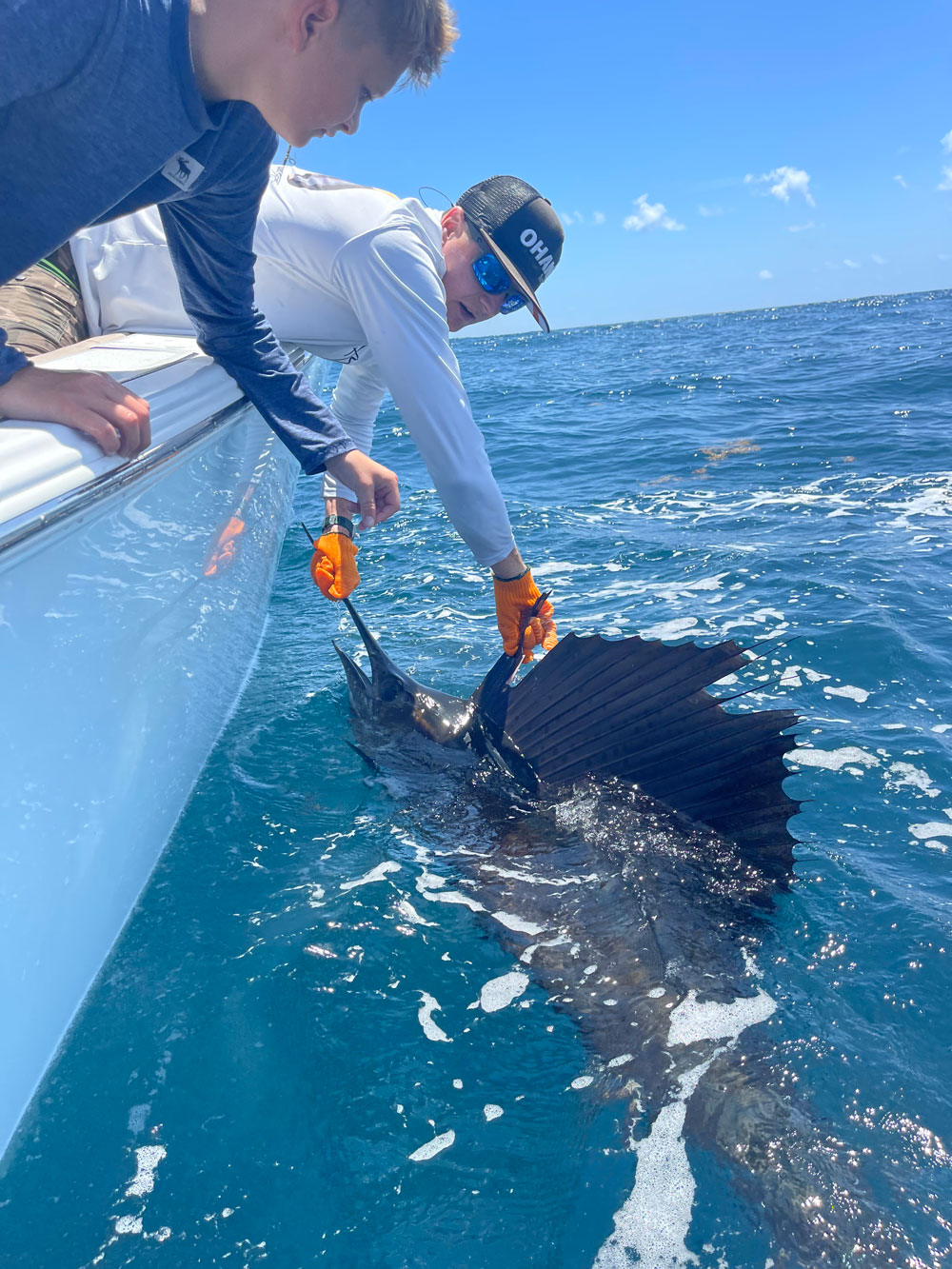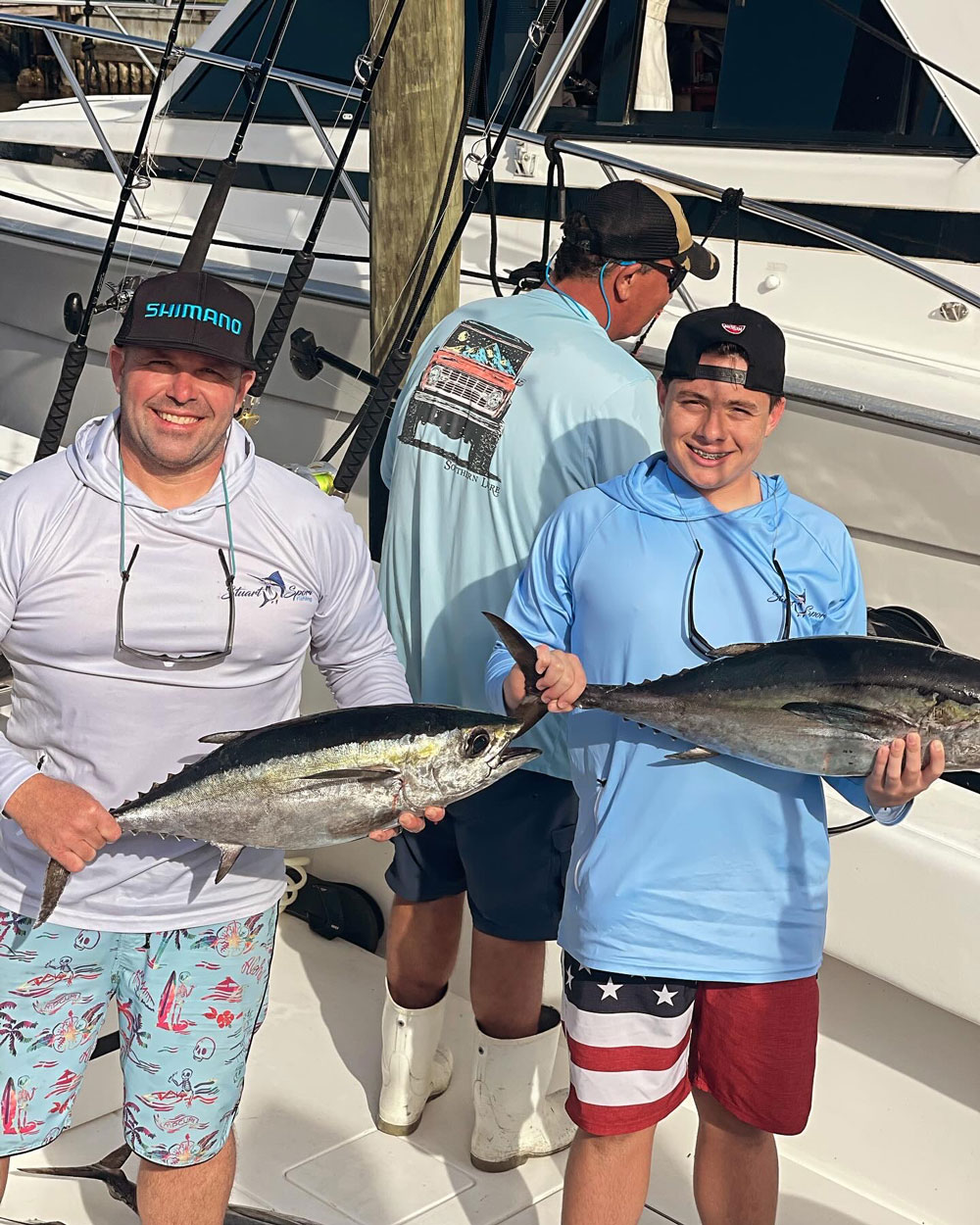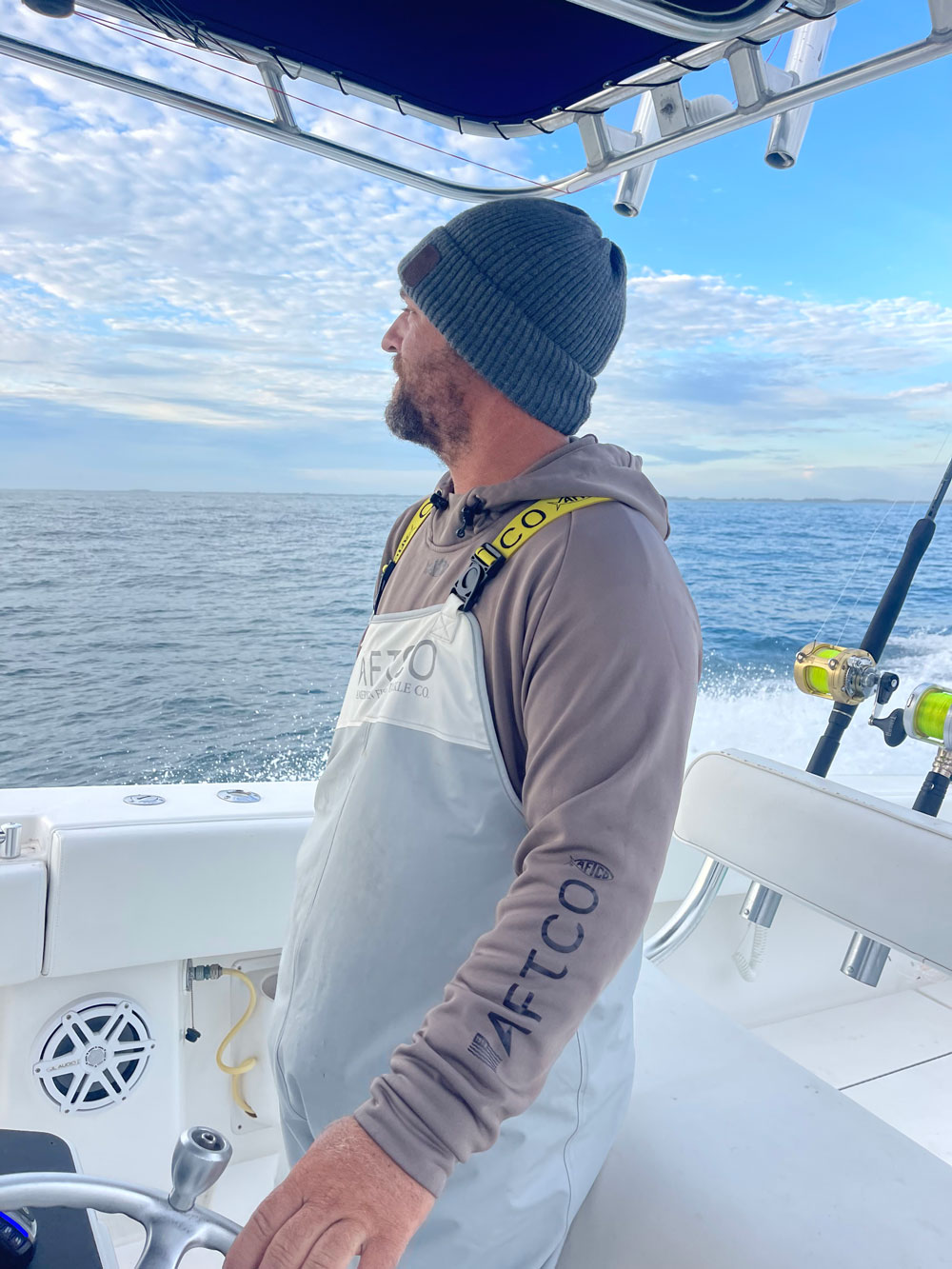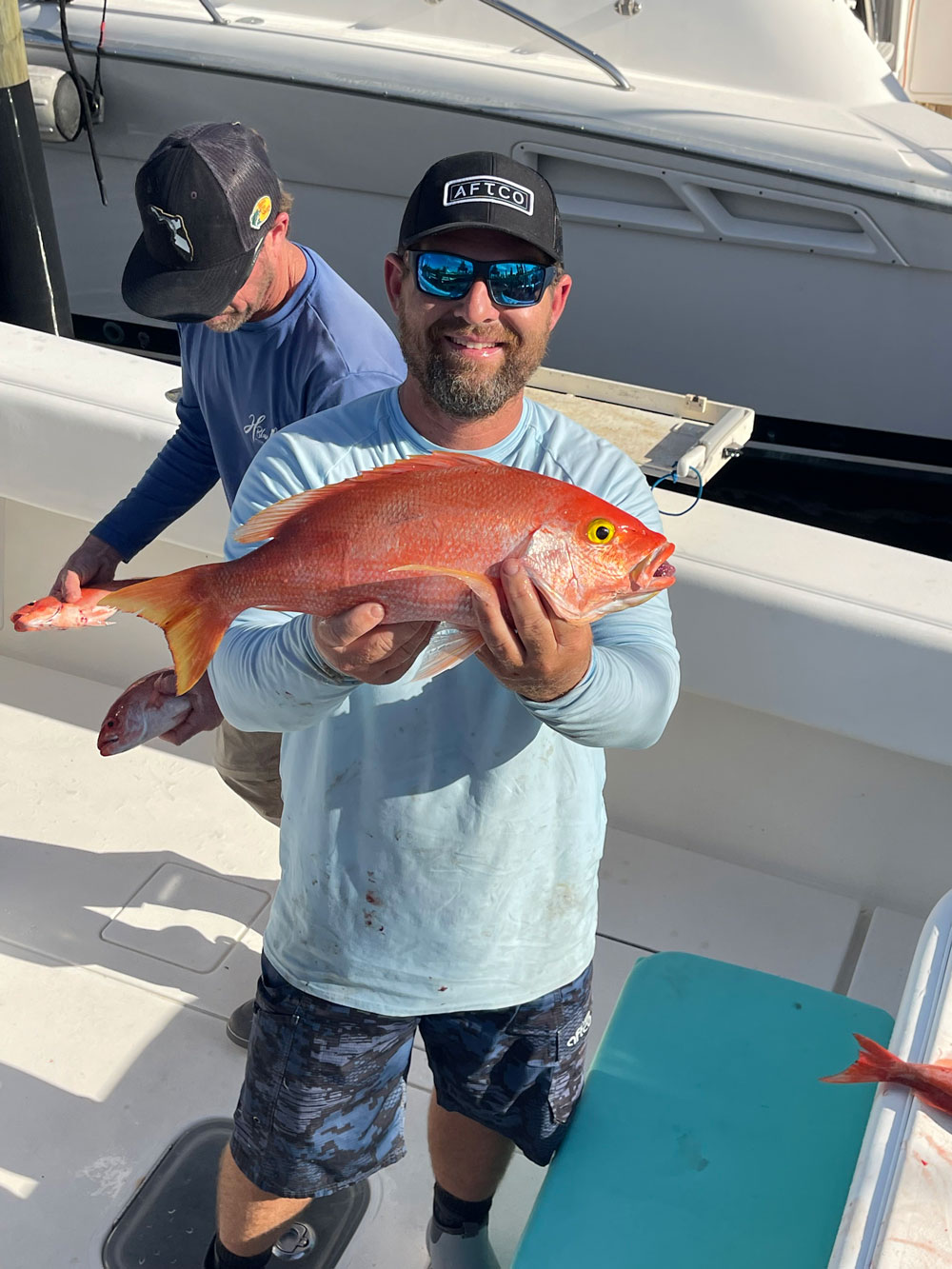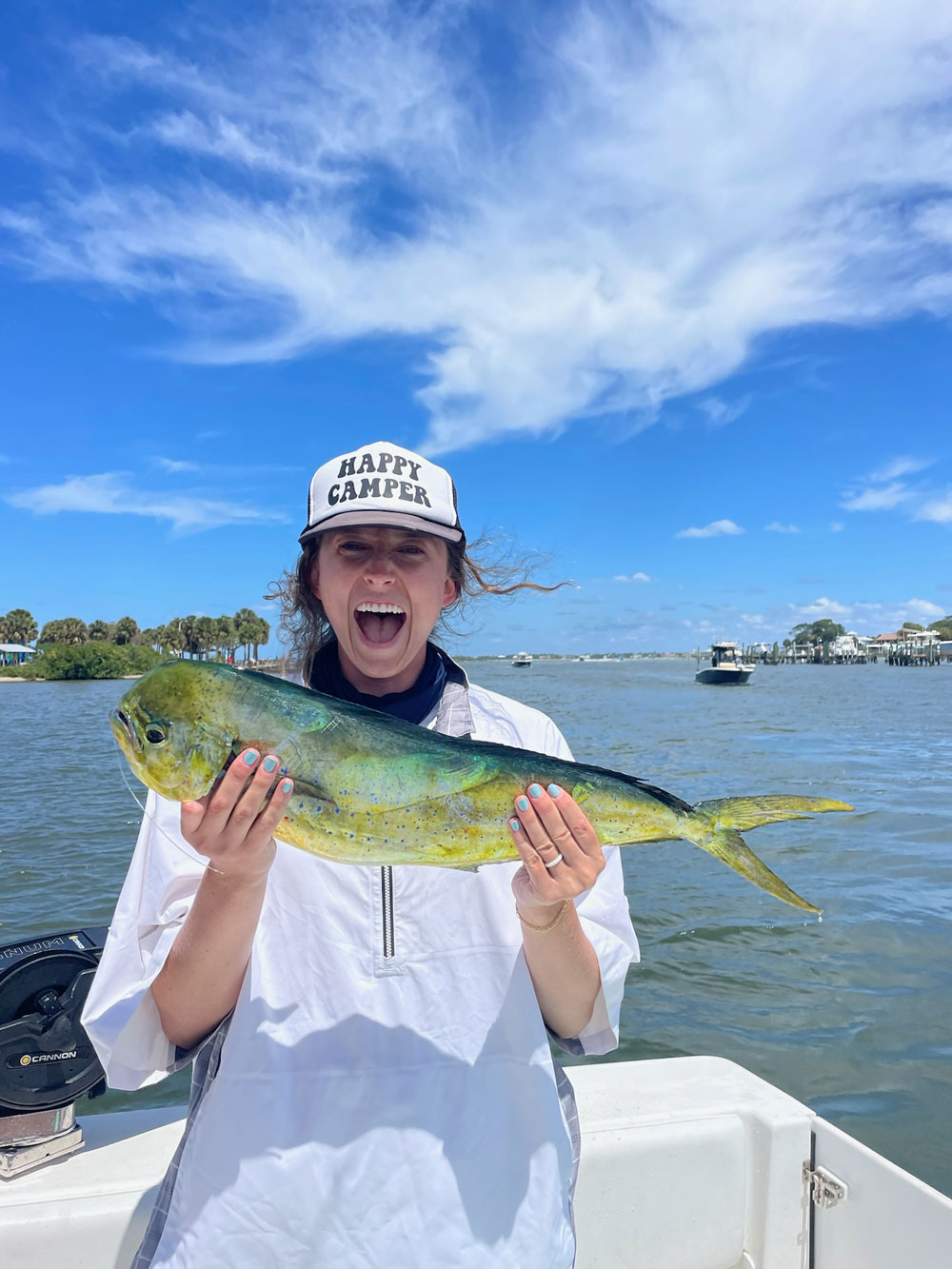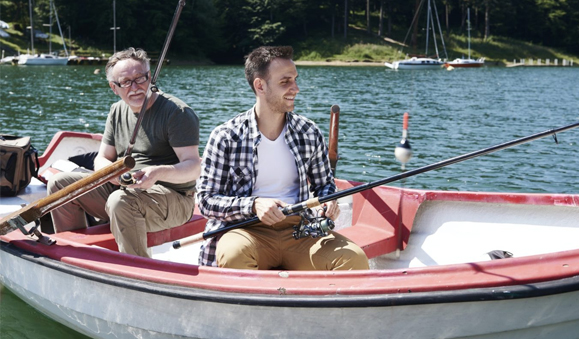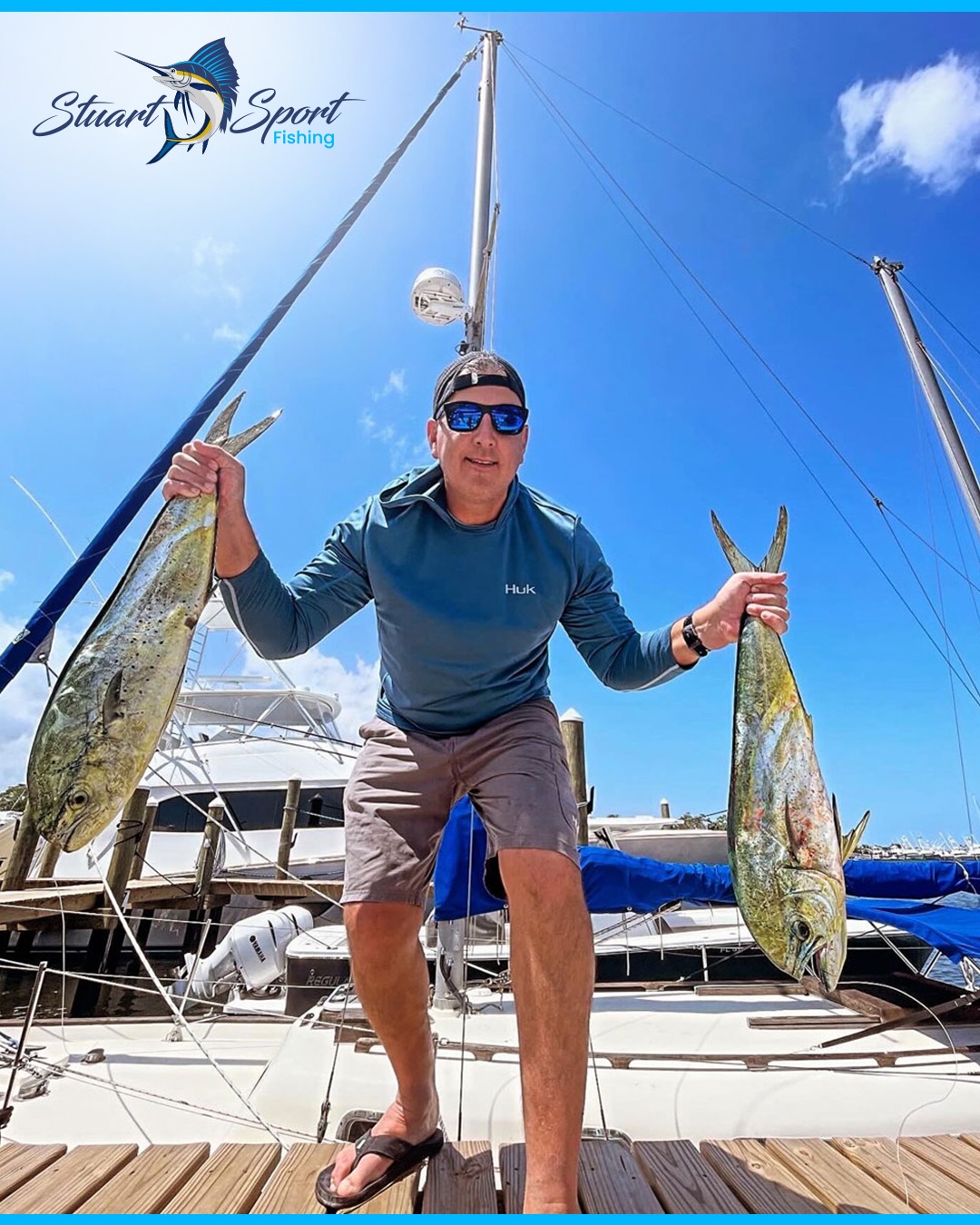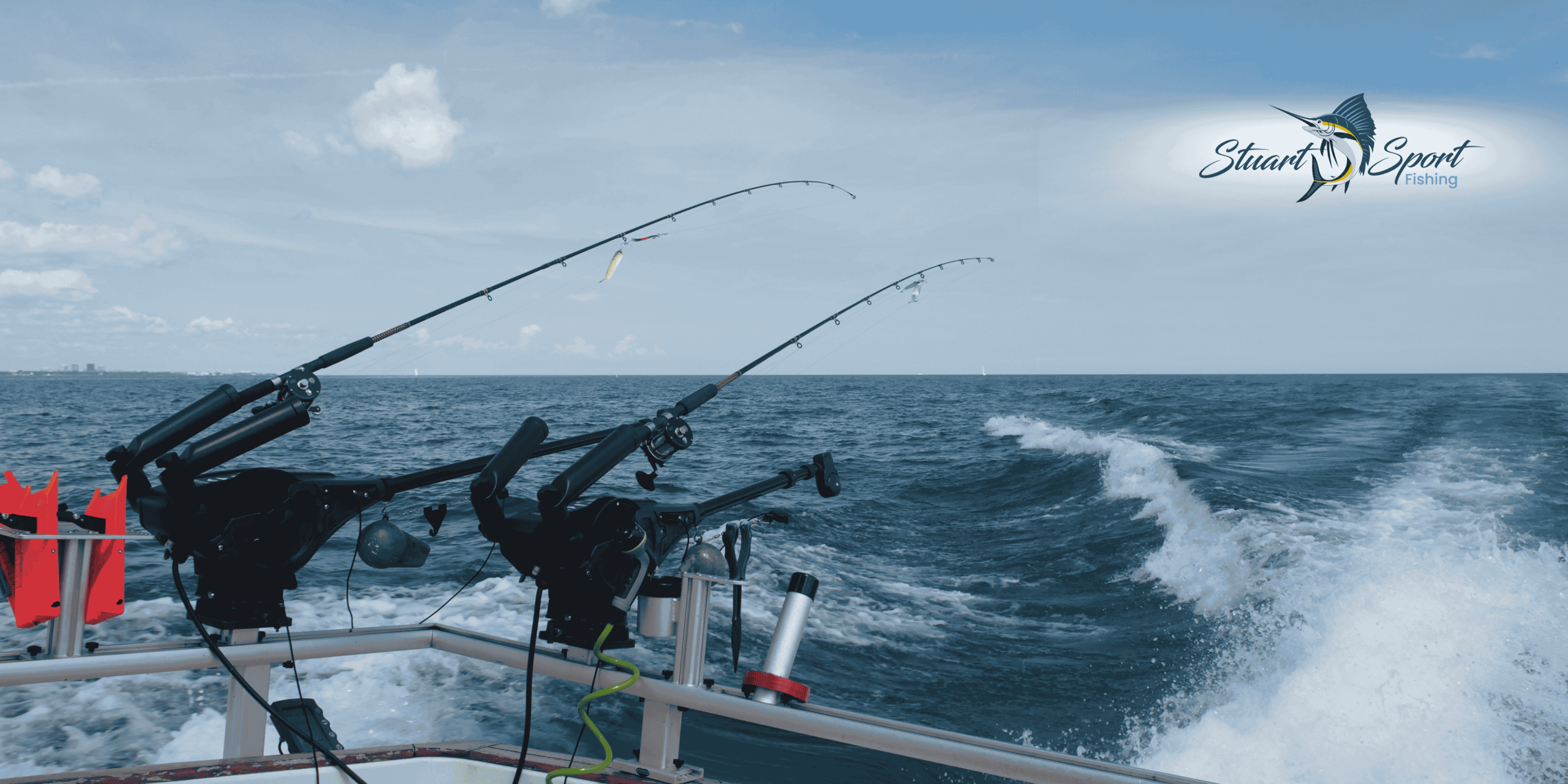Fishing with kids is more than just casting lines and catching fish—it’s a chance to slow down, connect with nature, and create lasting memories together. Here we’ll explore tips to help make your family fishing trips successful and enjoyable for anglers of all ages.
At Stuart Sport Fishing, we love helping families create unforgettable on-the-water adventures. Our experienced crew knows how to make young anglers feel confident, safe, and excited—whether it’s their first time holding a rod or they’re already reeling in big ones. We provide all the gear, guidance, and encouragement you need to make your family trip one they’ll talk about for years. Ready to make fishing memories with your little ones? Book your trip today.
7 simple tips to get your kids out fishing and having fun outdoors. Just a little bit of prepping for your kids to catch their first fish.
Fishing is a fantastic activity that gets your kids outside and interacting with the environment. With a little preparation and patience, you will have your kids catching their first fish in no time. Building memories on the water is very rewarding, and we have some ways to help make it super simple. Here are my top tips for successfully fishing with kids.
1. Plan your Trip with Kids in Mind
As a parent or caregiver, you know that plenty of unexpected events can put the damper on a fun trip. Make your first fishing trip easy by finding a spot close to home with bathroom access and enough open space for kids to cast. Public fishing piers and longer beach accesses are ideal. To find fishing spot near you, check out the Places to Boat & Fish Map and the Top Mom-Approved Places to Fish and Boat in the US.
2. Always Bring Life Jackets
Everyone should be wearing a life jacket as they learn to fish, including you! Even when you are fishing from shore, wearing a lifejacket develops safety habits. Also, bring along, hats, a pocket sized first aid kit and enough water and snacks for an enjoyable day.
3. Target Easy Fish
Do not go for trophy sized game fish when you take kids fishing. These species take more skill and patience than children are comfortable with. You should focus on targeting the most populated and actively feeding species. Panfish and trout are a good place to start. They can be found right next to the dock or weed beds adjacent to the shoreline. Rig up a basic hook, sinker and bobber. You can find this tackle in the Tailored Tackle Basic Fishing Kit. We recommend baiting a pinch of nightcrawler or small ball of bread.
4. Fishing Isn’t Boring
While not catching fish can be discouraging, especially to a young angler, there are many ways to go out ‘fishing’ and have fun without ‘catching’. When they’ve tired of casting, encourage them to poke around the river bank. They can look for critters, collect rocks, and get dirty. Playing with worms, launching leaf “boats” into the water, or even just taking a break and going for a walk can help younger anglers stay engaged. And don’t make your first excursion an all-day affair. An hour or two of casting, depending on the child’s age, will likely be just enough to keep them wanting more!
5. Teach them to Be Gentle
For kids under 12, you should be the only one releasing fish. Show them how to remove the hook, submerge the fish in water, and resuscitate by working the fish’s tail. Kids over 12 will have hands large enough to release fish on their own, however emphasize gentle release by submerging the fish. Children may panic the first time they hold a fish (it’s slimy! It moved!) so ensure your larger adult hands are cupping the child’s to ensure the fish isn’t thrown or dropped by accident.
6. Selfless Patience Creates New Anglers
Focus on giving your kid an amazing fishing experience. Your goal is to create a new angler who can enjoy the water with you for the rest of their lives. Fishing can be frustrating and feel slow going if the fish aren’t biting. It is your job to make it easier and exciting. While it may take a bit of work in the beginning, the reward is a new fishing partner. When their pole gets tangled, give them yours to keep them fishing while you fix it. If the bite slows down, go adventure along the shoreline or play in the water. You want them to associate fishing with fun. As you keep them interested in the sport, they will advance and learn to appreciate it as they grow.
7. Follow the Rules
Make sure you are aware of your state’s regulations before your family goes out fishing. The good news is that Take Me Fishing has an amazing License and Registration tool that makes getting a license and following the rules easy.
Ready to turn your family outing into an unforgettable adventure? There’s nothing quite like the joy of watching your child’s face light up with their first catch—or simply enjoying a peaceful day together on the water. At Stuart Sport Fishing, we believe these are the moments that matter most. Whether you’re new to fishing or making it a family tradition, our crew is here to make every trip easy, fun, and unforgettable. Let’s get you out on the water—plan your next family fishing adventure today! Call at 772-202-0623. Dive deeper into our Instagram here.
Reference: [https://www.takemefishing.org/blog/november-2019/7-tips-for-fishing-with-kids/]


